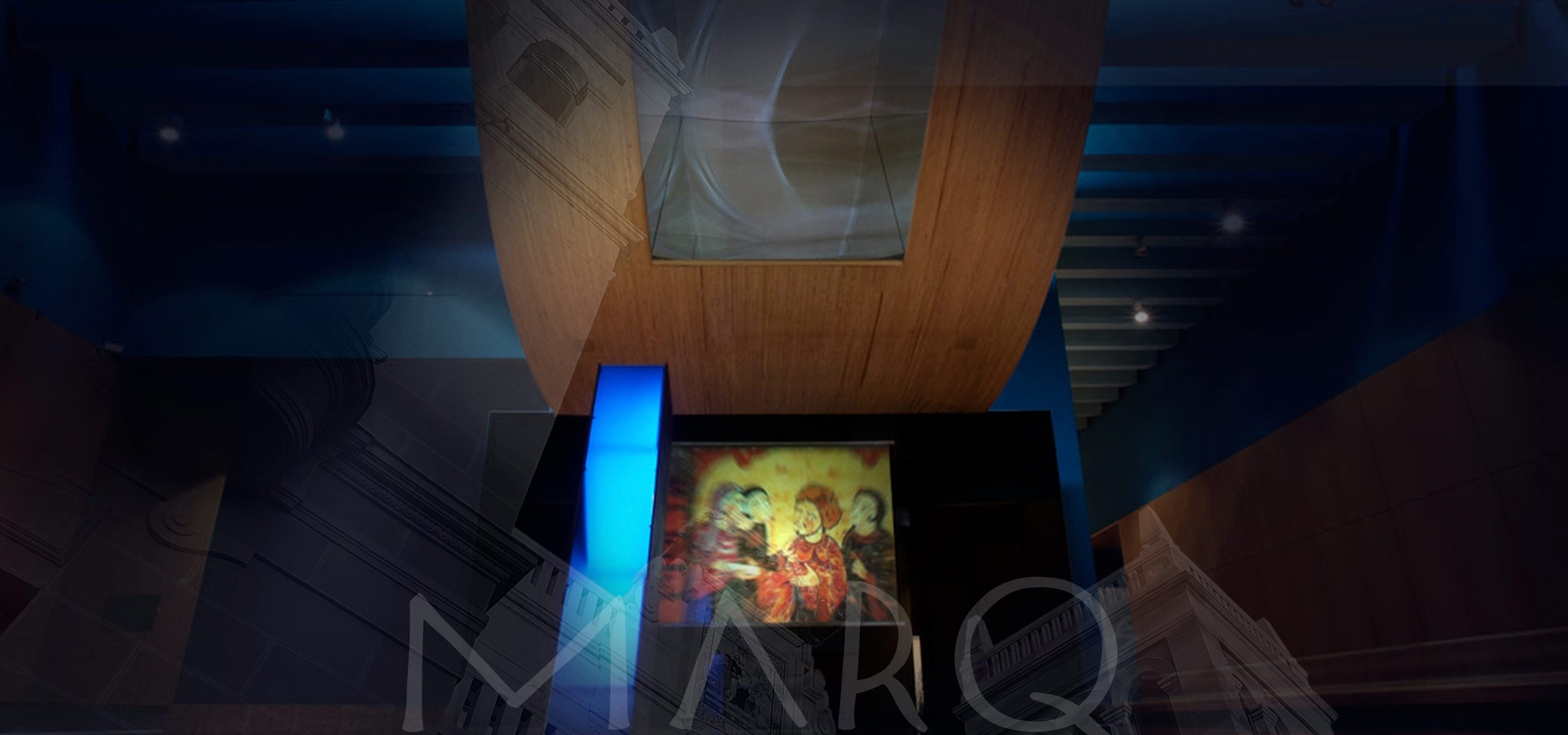URBAN ARCHAEOLOGY
Digging in a church
An archaeological site is made up of the remains that exist under the ground as well as those constructions that have survived. All these human works form the tightly woven milestones in the fabric of history. The scenario presented in this room starts 2,400 years ago and goes up to the present day. They strengthened their relations with the Phoenicians to give way to the Iberian Culture.
A hypothetical excavation that could have been carried out in an urban environment is shown. In the area of the cloister of a Gothic church or monastery from the 5th century, which shows the constructive parts and different additions, reforms and actions of man throughout its existence, it has been excavated and it has been discovered that it was built on an area that had been inhabited since ancient times.
In the excavated area, the oldest phase, from the 4th century BC, is an Iberian construction attached to a wall located at the end of a settlement, as outside there is a path with traces of tracks cut into the rock. The building remains and artefacts found show evidence of a sudden abandonment caused by a fire at the end of the 3rd century BC or the beginning of the 2nd century BC.

AUDIOGUIDES

PERMANENT EXHIBITION
The new Provincial Archaeological Museum of Alicante is very interesting from a didactic point of view and at the same time fun, rigorous and spectacular. The Museum also offers the possibility of learning about the archaeological method. In three rooms, the Field Archaeology Room, the Urban Archaeology Room and the Underwater Archaeology Room, you will be able to...
OPENING TIMES
FROM TUESDAY TO SATURDAY: From 10:00 to 19:00h
SUNDAYS AND PUBLIC HOLIDAYS: From 10:00 to 14:00h
MONDAY CLOSED
SATURDAYS AND SUNDAYS:
12:00h
